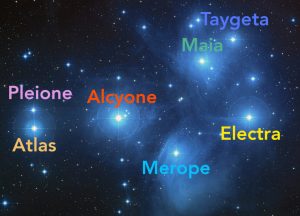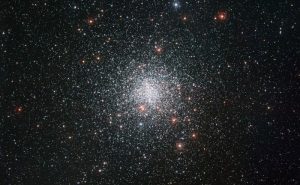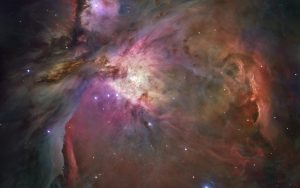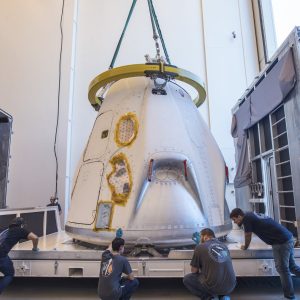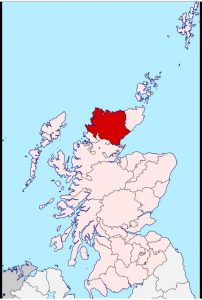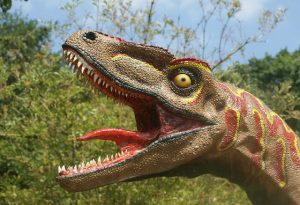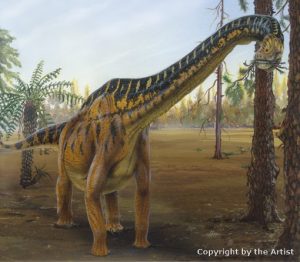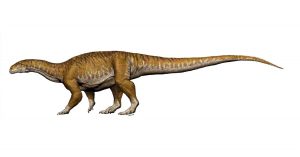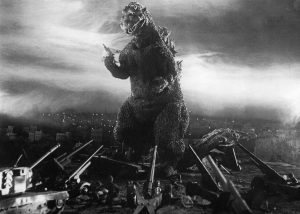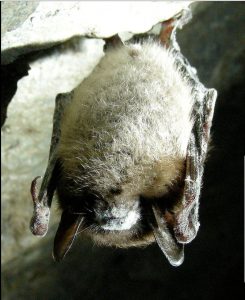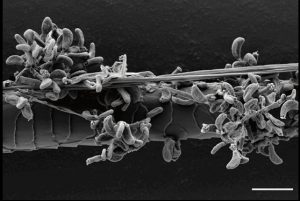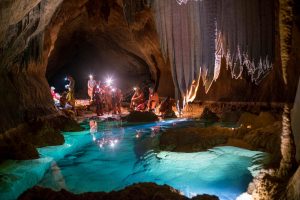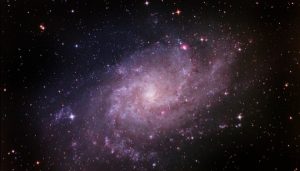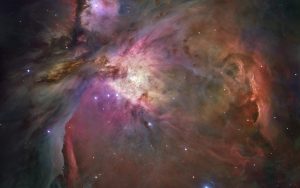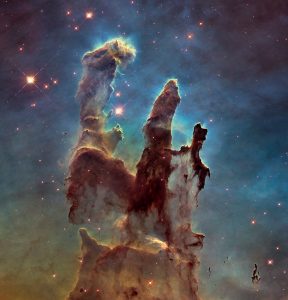Experimental Physicist, Director of the Stanford Linear Accelerator Center (SLAC) and 1976 Nobel Laureate Burton Richter passed away on July 18 2018 at the age of 87. Best known for his work in establishing SLAC as one of the premier scientific institutions in the world Dr. Richter was one of the founding fathers of the ‘Standard Model’ of particle physics due to his discovery at SLAC of the J/ψ Particle in 1974.

I was fortunate enough to meet Dr. Richter twice in my life. The first time was as an undergraduate student at Drexel University when Dr. Richter came to give a seminar. The second time was at SLAC itself when I visited there in order to consult with two of SLAC’s engineers on a program for which I was engineering manager. I can still remember the first time I drove down Interstate 280 from San Francisco over the 3.2 kilometer long building that holds the Linear Accelerator at SLAC, see images below.


In order to understand the significance of Dr. Richter’s discovery of the J/ψ Particle in 1974 I’ll have to back up a bit and discuss the Quark theory of the 60s. Throughout the 1950s and early 60s a new generation of atom smashers were discovering a myriad of new particles in addition to the familiar Proton, Neutron and Electron. Some of these particles had masses midway between the electron and the proton/neutron and were called mesons of which the π-mesons (now just called pions) and K-mesons (Kaons) are examples. Other particles were even heavier than the proton/neutron such as the Δ and Σ (Delta and Sigma) particles.
This particle zoo confused everybody and the theorists went to work trying to find a simple scheme to make sense of it all. It was theoretician Murray Gell Mann who figured it all out. Dr. Gell Mann predicted the existence of three new particles which he called quarks, the Up, Down and Strange quarks.
The middle mass mesons, Gell Mann proposed, were composed of a quark-antiquark pair while the heavier particles were composed of three quarks. For example the proton is composed of two ups and a down while the neutron is composed of two downs and an up. The still heavier particles had one or even two strange quarks in them which would eventually decay turning their particle into either a proton or neutron.
The strange quarks were well named. There was no real theoretical reason why it should decay at all or why it should only decay into up quarks, never the down quark. Throughout the 1960s Quark theory seemed a little too strange for most physicists.
The first experimental evidence for quarks came in 1969 when Burton Richter and his team used the linear accelerator to fire electrons off of protons in what is known as ‘deep inelastic scattering’. The results of these experiments indicated that protons were in fact made up of smaller ‘chunks’ and probably three of them.
Then in 1973 theoreticians suggested that if there was a fourth quark, given the name ‘Charm’, it would suppress the strange quarks ability to decay into a down quark, matching observations. So the hunt was on!
Quarks have a peculiar property however, they are never found alone. You can find a quark-antiquark pair or three quarks together but never one all by itself. Therefore the easiest way to find a charm quark would be to find a charm-anticharm meson.
It turned out to be a tie. Dr. Richter and his team found their ψ particle on almost the same day as Samuel Ting and his team at Brookhaven National Laboratory found their J particle. It was quickly recognized that the two particles were both the charm-anticharm meson and because the two teams had discovered them simultaneously it become known as the J/ψ meson. A fourth quark had been discovered and Burton Richter and Samuel Ting shared the 1976 Nobel Prize for their work.


In the years since the discovery of the charm quark two more quarks have been found, bottom and top and physicists have learned that quarks come in pairs, up and down, strange and charm, bottom and top. These pairs are known as generations and whether there are any more generations, or just why exactly there should be generations is still unknown.
The breakthroughs that Burton Richter achieved are now a large part of the standard model of how the Universe works at its most basic, elementary level. Not a bad way to have spent one’s life.






